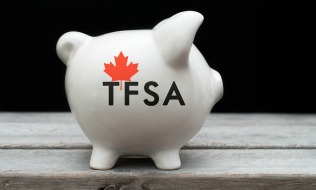

Belonging to an employer-sponsored pension plan can help boost returns on workers’ outside investments, according to new research by Statistics Canada.
Although previous research examined how membership in a pension can affect how much employees save, Statistics Canada sought to understand the potential effects on generated returns.
To that end, it analyzed the relationship between pension coverage and the investment performance in tax-free savings accounts for a representative sample of approximately 345,000 Canadian taxpayers between 2009 and 2013. Overall, it found pension coverage has a “positive but modest effect” on TFSA performance: belonging to a pension at some point leads to a higher average rate of return of about 0.50 to 1.25 per cent.
Read: Registered pension membership rises, DB plan coverage drops: OSFI
In terms of explaining the effect, Statistics Canada pointed to a couple of possible reasons. One, membership in a pension may cause employees to start thinking about saving earlier in life; and two, core retirement savings in a pension may enable workers to invest in riskier assets in their private investments, producing higher returns.
“Taken together, the findings suggest that the gradual decline in [pension] coverage in some industries over the past several decades could have led to a corresponding decline in non-workplace risk-taking or investment performance and, as a result, may have even contributed to the aggregate decline in private saving rates,” noted the report.
“The results of this study are consistent with the notion that programs aimed at directly improving saving outcomes — for example, by simplifying the process of making complex financial decisions — are desirable.”
This article originally appeared on Benefits Canada‘s companion site, Advisor.ca
